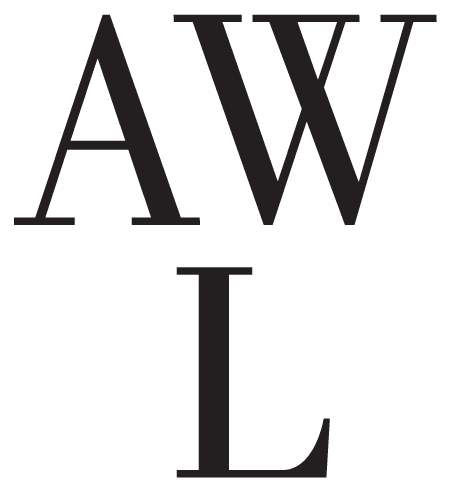In the shifting terrain of contemporary life—where bodies are mediated through memory, screens, and inherited narrative—identity emerges not as a fixed state but as a continuously negotiated field. Cave unfolds from this premise: an exhibition that considers embodiment as mutable, porous, and in constant revision. The show brings together Blanca del Olmo, Elena Garrigolas, Tahmina Negmat, Roser Oliveras, and Agnes Questionmark—five artists whose distinct yet resonant practices probe how the body endures, disintegrates, and is remade.
The title Cave originates from Blanca del Olmo’s drawings, where the artist invokes the cave as a psychological metaphor for maternity: a space of retreat, isolation, and metamorphosis. Within del Olmo’s lexicon, the cave oscillates between refuge and confinement—both protective and suffocating. It becomes a site where the maternal subject negotiates the simultaneous production and erasure of her own agency. Working across analog and digital processes—sculpture, digital fabrication, augmented reality—del Olmo interrogates the instability of motherhood itself: the thresholds between intimacy and disappearance, between continuity and dissolution. The cave, for her, is not simply a womb-like shelter but a metaphor for the social architectures that frame femininity, domesticity, and the impossibility of fully representing maternal experience.
Elena Garrigolas extends this inquiry by addressing the pre-conscious terrain of desire, guilt, and identity formation that precedes motherhood. Her felt-and-pastel works articulate surreal, fragmented anatomies that resist idealization. Garrigolas situates her work within a lineage of feminist surrealism where the maternal figure is not softened or sentimentalized, but fractured, ironic, and ambivalent. By foregrounding the “pre-maternal” as a philosophical condition, she surfaces questions that are often unspoken: What is abandoned in the transition toward motherhood? What impulses are suppressed, and what new desires come into being? Garrigolas’s bodies are mutable, uncertain, and transitional—caught between projection and possibility.
Tahmina Negmat positions the body within a broader geopolitical and historical matrix. Drawing from Soviet-era textiles, ceramics, and oil painting, her work sutures personal and collective trauma into layered surfaces that echo the persistence of memory across generational displacement. Negmat’s paintings take direct inspiration from Francisco de Goya’s El Aquelarre and Saturn Devouring His Son, reimagining the bull demon and the devouring parent as archetypes of patriarchal violence and cyclical regeneration. In her reconfiguration, the monstrous and the maternal intersect—not as metaphor, but as contemporary reality. Negmat’s work resists catharsis and insists on the endurance of trauma as both wound and inheritance, where history is not past but formative, constitutive, and still feeding.
Roser Oliveras reinterprets the birth of the French Republic through an expressionist sensibility, situating political genesis within a corporeal register. Her paintings imagine revolution as a process of creation, where nation-building parallels the gestational labor of the body. In Oliveras’s vision, painting becomes reproductive—an embodied act that collapses distinctions between myth, personal narrative, and political identity. The figure of the Republic, typically allegorical, becomes an intimate subject: imperfect, sensuous, resistant to idealization. Through dense impasto and luminous color, Oliveras reasserts painting as an affective language capable of articulating freedom, desire, and the contradictions inherent in collective identity formation.
Agnes Questionmark’s paintings and sculptural forms imagine corporeality beyond the human—where fetal imagery, translucent membranes, and hybrid organisms coexist. Her work stages the maternal as mutation: the body as ecosystem, technology, and speculative interface. Questionmark explores the permeability of bodies, the instability of identity, and the porous boundaries between human, animal, and machine. The maternal here is not anthropocentric but posthuman—a process of becoming shaped by synthetic biology, biotechnology, and algorithmic mediation. Her work asks how the posthuman condition reframes reproduction and vulnerability in a world where bodies are increasingly engineered, networked, and interdependent.
Across these practices, Cave constructs a topography of becoming—an exhibition more interested in exposure than resolution: exposure of wounds, of systemic pressures, of speculative futures. The maternal is not presented as a symbolic or biological role but as a site of ongoing transition, where subjectivity is reorganized by historical, social, and affective forces. To inhabit this cave is to confront the paradox of containment and creation; to dwell in the ambivalent spaces between protection and imprisonment, flesh and signal, presence and disappearance.
Cave ultimately proposes embodiment not as a fixed condition but as a dynamic negotiation—a continuous becoming in which memory, history, and matter remain in flux. The body emerges as both witness and agent, a vessel for collective inheritance and potential rebirth.



